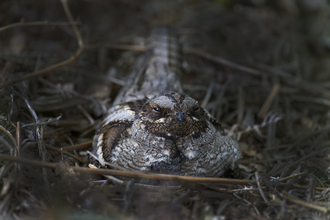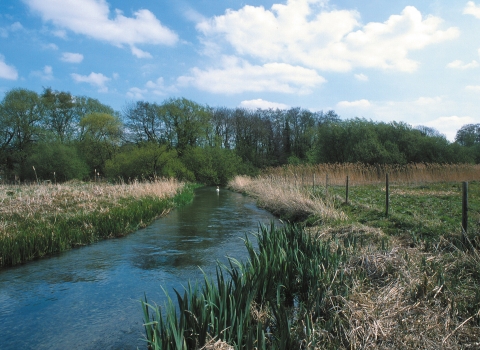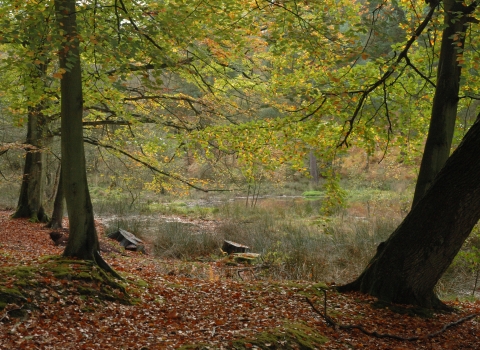Snelsmore Common Country Park. Photo by Wendy Tobitt
Snelsmore Common Country Park
Location
Know before you go
Dogs
Please keep dogs on leads on the main common during the bird nesting season (1 March - 31 July)
When to visit
Opening times
Open at all times, car park is open at 8am but subject to seasonal locking times. For toilets, please see café opening times.Best time to visit
All year roundAbout the reserve
| For café (and toilet) opening times, visit The Snugg Café website. Please note, the café is not run by BBOWT. |
A varied landscape
Snelsmore Common contains a range of habitats including heathland, wet mires and woodland making it home to nationally rare bird species including nightjar, woodlark and tree pipit.
Spring wonders
When you visit in spring you may be lucky to hear woodlarks singing across the heath. On brash and log piles, look out for adders basking in the sun. You can also see grass snake, common lizard and slow-worm, and the large pond supports a breeding population of palmate newts.
Heather, gorse and mires
Three types of heather can be found amongst the heath; ling, bell heather and cross leaved heath. They are in full flowers in August and September. Other heath plants such as bilberry thrive here too. Areas of scattered gorse provide perching areas for stonechats and other scrub-loving birds.
Mosses and lichens grow between the floor-covering plants. Snelsmore is one of the richest areas in Berkshire for mosses and liverworts, from greater fork-moss to creeping fingerwort. These wetter areas, known as mires, also contain sedges and rushes, as well as common cottongrass, round-leaved sundew, bog asphodel and heath spotted orchids.
In summer months these are the best places to watch dragonflies whizz by, including golden-ringed (our biggest species), broad-bodied and four-spotted chasers. The heathland supports a breeding population of the nationally rare nightjar, whilst the large number of insects also makes the heathland a good hunting ground for kestrel and the green woodpecker.
In the heart of the woodland
The broad-leaved woodlands contain mainly oak and birch but sweet chestnut, beech, hazel and willow are common. Winter parties of long-tailed tits feed on the newly forming buds of the trees, they are often accompanied by goldcrests, great tits and blue tits.
In the spring, the woodland floor is covered with bluebells. The woodland trees are home to great spotted woodpecker, nuthatch, tawny owl and grey squirrel. Whilst the shrubs and scrub provide an ideal habitat for smaller birds such as robins, wrens and warblers.
Conservation and wildlife
Over 75% of the lowland heath like Snelsmore has been lost in the last 150 years and as a result many birds and other animals that inhabit heathland are nationally very rare. Work to restore the heathland at Snelsmore Common involves a combination of tree and bracken removal, and livestock grazing. See more about techniques for managing heathland.
Things to do
Print our crayon rubbing trail and take it with you when you visit to discover more about the special heathland wildlife here.
Information for visitors
A donation station has been installed to allow people to 'Tap for Nature' and support our work. A voluntary donation of £3, £5 or £10 can be made via contactless payment at the machine by the cafe.
Please note the car park here can be very busy, especially at weekends. Please park considerately and don’t block access or gates, or on the roads around the common as this causes a hazard. There is no alternative parking locally so please have an alternative plan if the car park is full.
Snelsmore Common is managed by the Berks, Bucks and Oxon Wildlife Trust on behalf of West Berkshire Council.
Species
Habitat
Contact us
Environmental designation
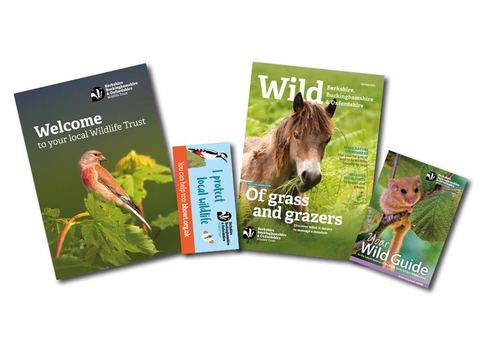
BBOWT Membership
Help protect nature near you and discover wonderful wild places to explore.
Join BBOWT to receive our Wild Guide to Nature Reserves, Wild magazine and exclusive member benefits.
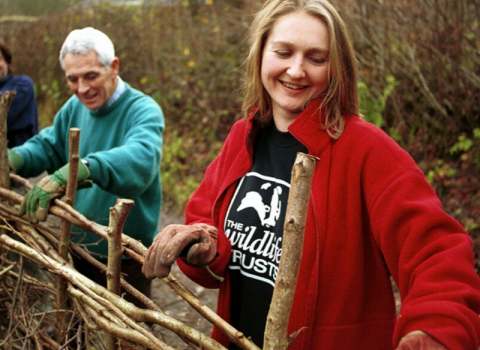
Volunteering
Our volunteers help us in so many ways - by working on nature reserves, helping at visitor centres, leading walks, training others and much, much more. Without our volunteers, we would not be able to carry out much of our work.

